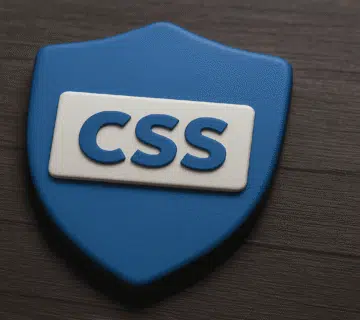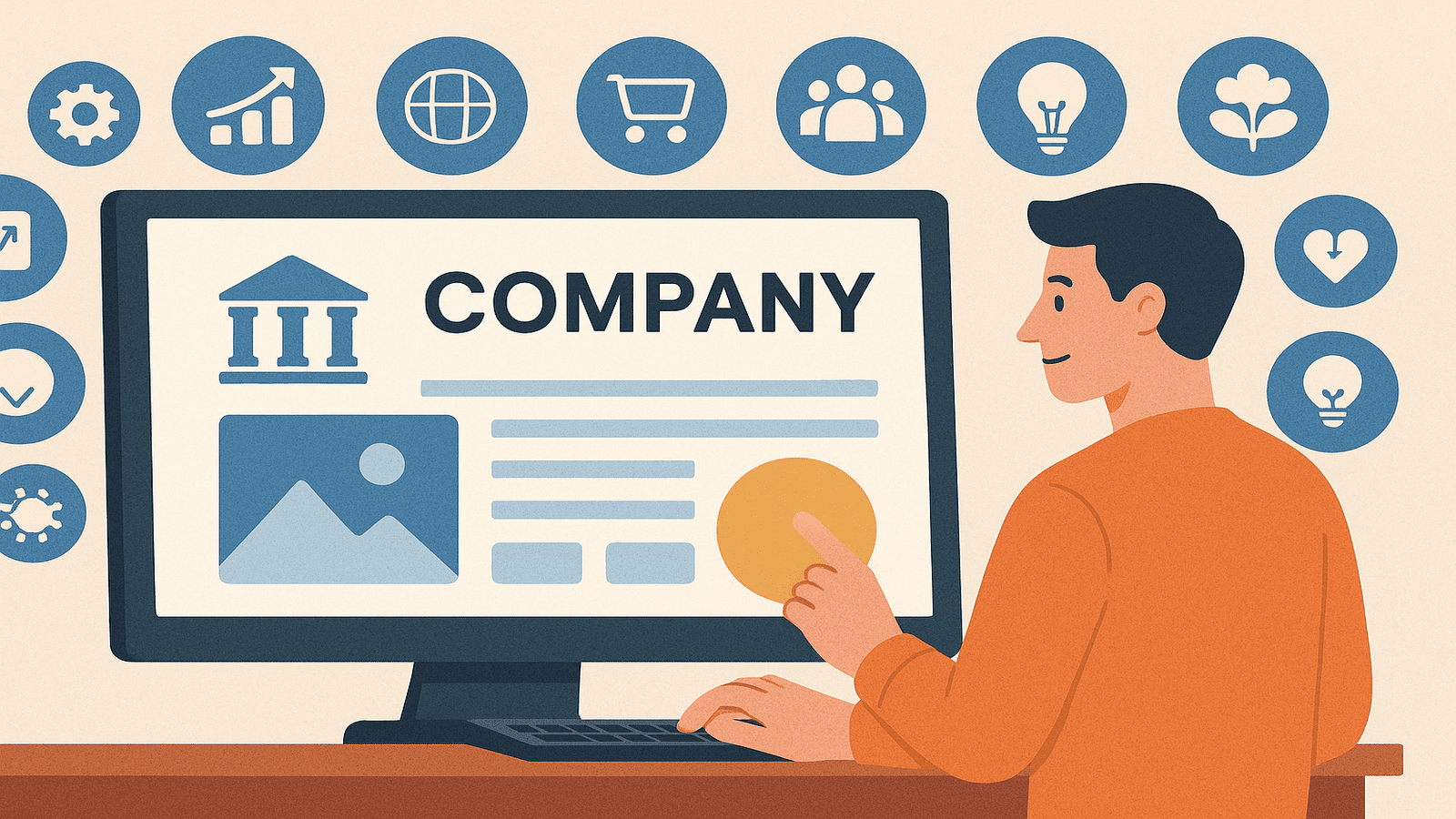10 Ways to Reduce Bounce Rate
Understanding Bounce Rate
Bounce rate is a key metric used to measure the percentage of website visitors who leave a site after viewing only a single page without interacting with any other elements or navigating further. It’s an important indicator of user experience and content relevance. The formula for calculating bounce rate is:
(Single-page visits ÷ Total visits) × 100.
From a search engine perspective, bounce rate can impact how a site is perceived. A high bounce rate might suggest that users aren’t finding what they’re looking for, which could lead to lower rankings in search results. Conversely, a low bounce rate indicates that users are engaged and satisfied with the site’s content, signaling a positive user experience.
Common causes of high bounce rate include annoying pop-ups, slow page loading, or unattractive site design. Such issues can create a poor first impression, prompting users to leave and seek information elsewhere. Likewise, irrelevant or uninspiring content may also increase bounce rate, as users quickly lose interest.
Understanding bounce rate is essential for website improvement. It helps assess how well a site meets visitor expectations and guides efforts to enhance performance and engagement. By analyzing user behavior, website owners can implement strategies to lower bounce rate and improve overall website success.

Improve User Experience (UX)
User experience is one of the most critical factors influencing bounce rate. An intuitive, well-structured user interface (UI) helps visitors interact effortlessly with content. Key elements include clear layout, intuitive menus, and logical content flow.
Smooth navigation is essential. Menus and internal links should guide users easily from one section to another. Well-organized content with clearly labeled categories and accessible menus encourages users to stay longer and explore further, effectively reducing bounce rate.
Page speed is also vital. Slow-loading pages drive users away. To improve load times, optimize images, minimize code, and enable browser caching. The faster the experience, the higher the user satisfaction—and the lower the bounce rate.
Lastly, engaging content increases interaction. Visitors are more likely to stay and explore if the content is visually and intellectually stimulating. Understanding audience needs and creating targeted, valuable content leads to longer sessions and reduced bounce.
Create Attractive and Useful Content
High-quality content is central to keeping users on your site. Valuable, relevant information encourages visitors to read more and explore additional pages. Use a clear writing style and focus on benefits for the reader to capture interest quickly.
Enhance content with visual elements like images, infographics, and videos. These additions not only make content visually appealing but also improve comprehension of complex topics, increasing time spent on the site.
Regularly updating content also builds trust. Fresh, current information keeps users coming back and assures them the site is active and reliable. Analyze user behavior to determine what topics and formats resonate most, then tailor updates accordingly.
Investing in rich, helpful content not only improves engagement but plays a key role in reducing bounce rate and fostering long-term user loyalty.

Implement Digital Marketing Strategies
Effective digital marketing strategies can bring the right audience to your website—users who are more likely to stay, engage, and convert. These strategies include SEO, social media marketing, and email marketing.
- SEO: Optimizing content with the right keywords helps your site rank higher in search results. This increases organic traffic from users already interested in your niche. Keyword research and natural placement are essential to improve search visibility and user alignment.
- Social media: Platforms like Facebook, Instagram, and Twitter allow you to share engaging content that drives traffic. By creating and promoting high-quality posts, you attract users with genuine interest, increasing their likelihood to explore your site.
- Email marketing: By sending personalized, valuable content directly to a targeted audience, you boost engagement. Well-crafted emails that clearly explain their benefits and link to relevant landing pages can significantly increase click-throughs and on-site activity.
By aligning marketing efforts with audience needs, you can lower bounce rate, increase user engagement, and improve your website’s performance across all metrics.








No comment